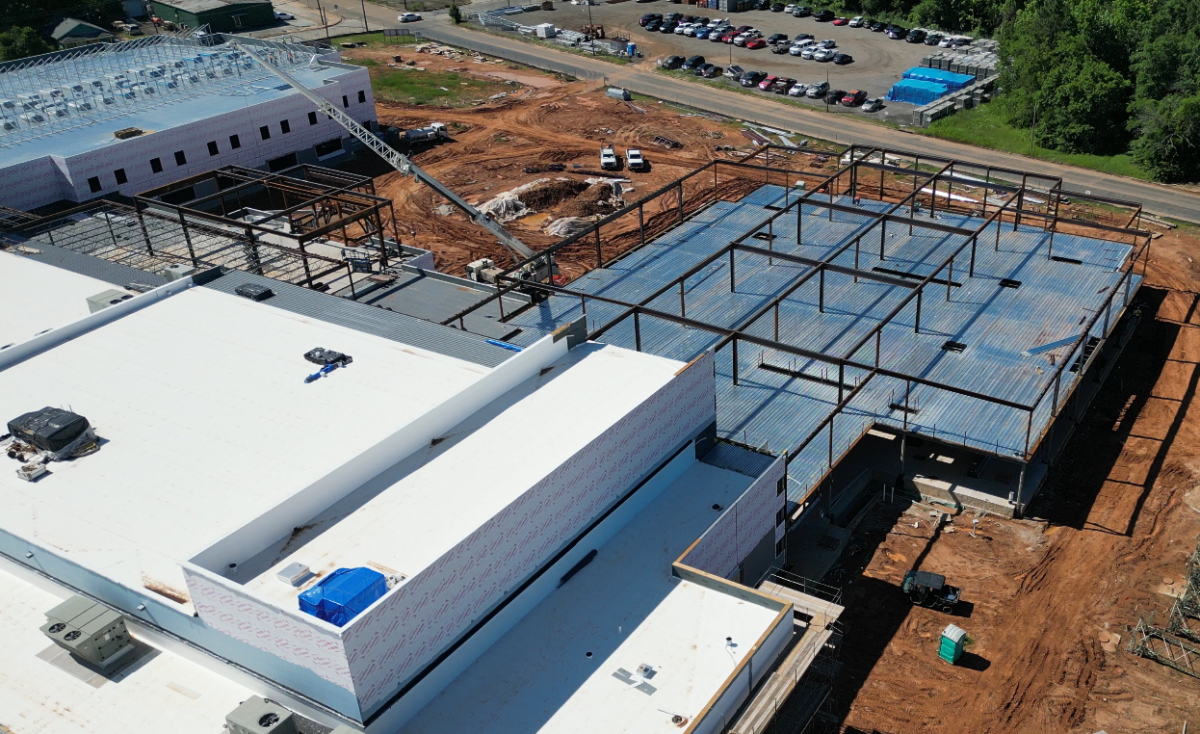If you were to take a good look at the world, you come to realize that we don’t know a lot. There are so many mysteries that leave us pondering about the nature of reality. So many questions left unanswered and lost to history, but maybe not for long.
As of March 2025, information dealing with the Great Pyramids of Giza was released to the public: researchers from Italy and Scotland claim to have used Synthetic Aperture Radar (SAR) to detect a deep underground city. The latest images reveal eight columns with spiral staircases leading down 2,132 feet, and four of these structures connect to two cube structures measuring 256 feet. At the depth of 4,000 feet, it’s believed there are potentially more structures reaching deeper.
“I believe this could lead to new discoveries on how the Egyptians possibly built a structure so perfect that the modern day cannot replicate,” junior Alex Long said.
Theories surrounding the architecture discuss that the Great Pyramids, often attributed to burial sites to important historical figures, are rather, in fact, energy systems. Well known scientists such as Nikola Tesla and Christopher Dunn had suggested this for years. While there’s no concrete evidence to support this idea, it isn’t out of the realm of possibilities when considering that much of Ancient Egyptian history is “lost” due to the overlaying of Greek, Roman, and Arabian traditions in Egypt.
“I think that they could have been used to help support the pyramids so that the weight wouldn’t cause them to sink in the sand that surrounds them,” junior Kaden Canchola said.
However, another possibility introduced by Italian researchers claims that the city was built by a civilization that existed before Egyptians dating back to 38,000 years ago. Researchers speculate that this supposed civilization was wiped out by a “divine flood” after observing signs of erosion on the Pyramids entrance, leading to the belief that they’re the only megastructures left standing.
Despite that, there is opposition to the discovery. The Former Egyptian Minister of Antiquities Mamdouh Eldamaty denied the data, declaring it “utterly baseless.” The controversy arises from statements that the ground radar technology isn’t powerful enough to penetrate that far down, the case hasn’t been studied by credible, independent researchers, and exaggeration has played a key role in the event.
If the discovery is proven to be true, our understanding of history could very well be rewritten drastically as we continue studying this vast system.
“I believe that it could change some of the ways that we see the pyramids and how they were built. I believe it’s important to find out how and why these structures were built,” Canchola said.








